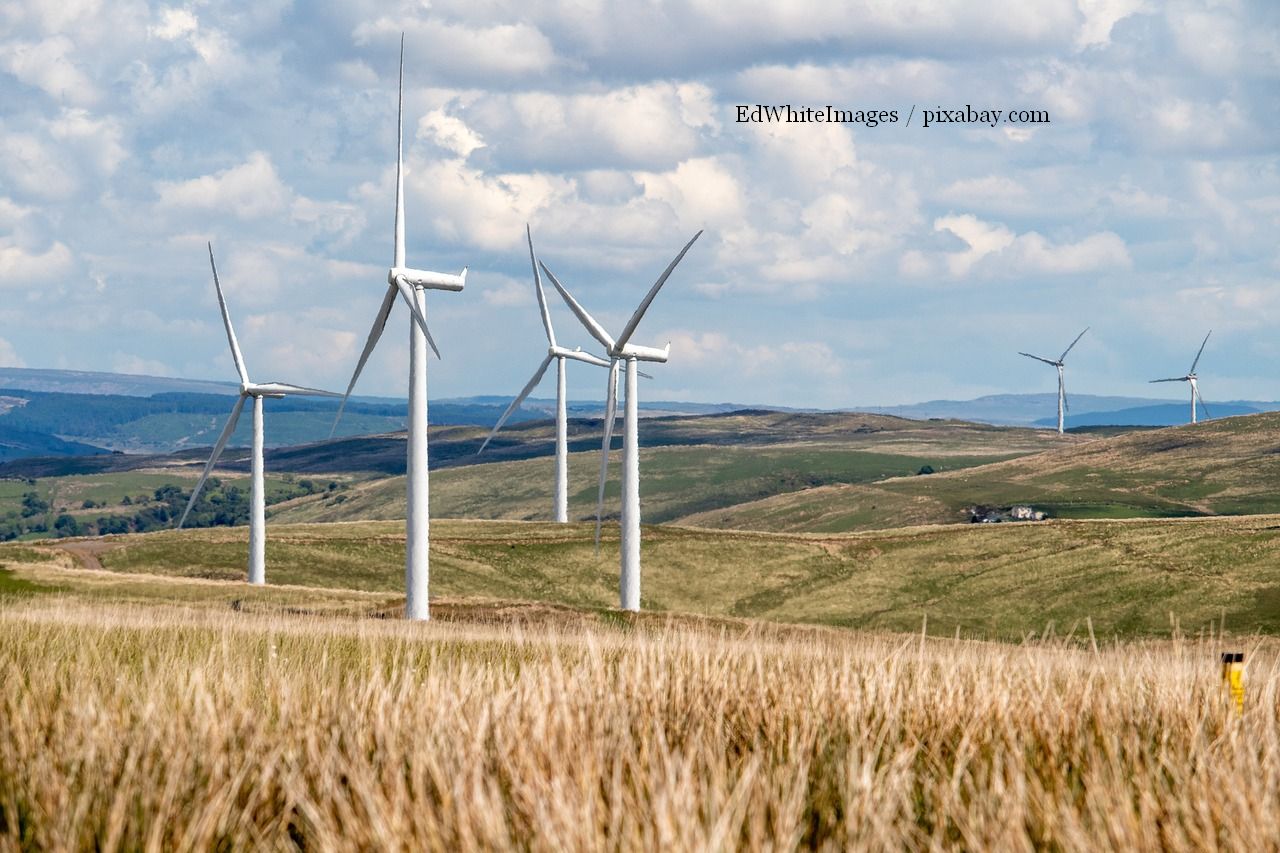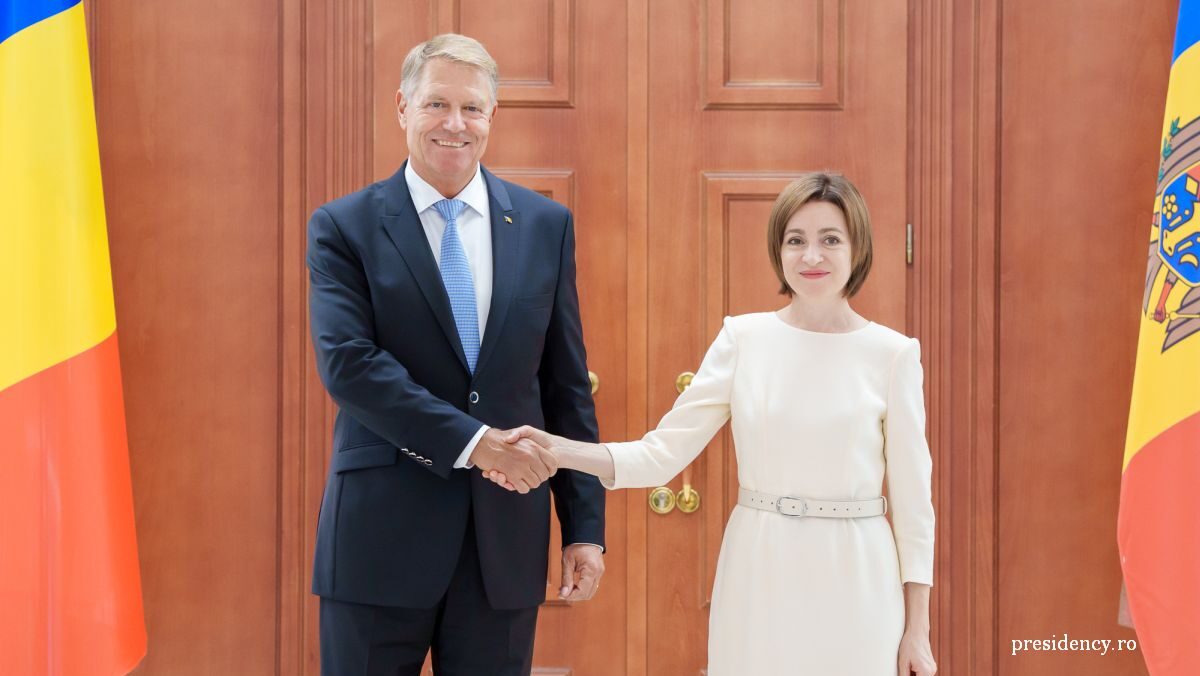: Deveselu on the Security Map
Under the new agreement that Romania and the US signed in 2011, the base at Deveselu, in southern Romania, has entered a new stage

România Internațional, 08.01.2016, 13:57
Under the new agreement that Romania and the US signed in 2011, the base at Deveselu, in southern Romania, has entered a new stage in the building of the anti-ballistic missile shield, declared operational in mid-December 2015. It uses SM-3 interceptors aimed at protecting south-eastern Europe. This is the most important project for defending Romania against concrete threats since the country joined NATO in 2004.
Doina Saiciuc, Radio Romania correspondent in Washington, explains: “Romania has become the first country in the world to host a land-based SM-3 interceptor ballistic missile defense system able to intercept medium and short range ballistic missiles. At Deveselu we have 24 such missiles, defending NATOs southeastern flank against ballistic threats. The American anti-ballistic system in Europe was designed in stages, the first aiming at protecting the south east of Europe with radars and ship-based SM-3 missiles. An advanced radar station was installed to detect ballistic launches. The second stage aims to expand protection for NATO members by putting into operation a new generation of land based SM-3 missiles, and a new radar station. In the third stage, planned for 2018, the system will be covering all European NATO members, by placing a new land base in Poland, as well as by continuing to develop the SM-3 ship and land based missile.”
Ambassador Bodgan Aurescu, Romania’s chief negotiator of the agreement for installing elements of the American anti-missile shield in Romania, recalled that in September 2009, President Obama announced changes to the concept of anti-missile defense. This provided for a different approach than the previous Republican administration, resulting in a different deployment as against the previous design of the shield. Instead of placing land-based interceptors in Poland and the Czech Republic, Romania and Poland were picked for deploying the SM-3 interceptors, which uses kinetic energy to destroy its target.
Bogdan Aurescu explains the reasons why Romania was picked to host elements of the American anti-missile shield: “Romania has been chosen to install the anti missile system, because it is the location that best suits the need to protect allied territories, populations and forces from prospective hostile missile attacks from outside the Euro-Atlantic area, mainly from the Middle East. The location has been chosen in Romania and not in other allied countries in the region, precisely for some geographic advantages and for Romania’s political and social stability, because we were already building this very important bilateral strategic partnership.”
East of Romania, Russia is keeping wary eyes on the building of the anti-missile shield, which it considers a threat to its security. In spite of the fact that both Bucharest and Washington, as well as NATO have on numerous occasions stated the defensive character of the shield, Moscow has repeatedly said the deployment of the anti-missile shield will affect the global strategic balance and will create threats to its security, which will force it to take measures in response.
Here is Bogdan Aurescu again: “The declarations made by the Russian Federation are not new. They were made right from the very beginning, at the moment the project started gaining consistency and we advanced to the implementation of the agreement. But these threats that Moscow is making constantly should not worry us, because Romania, as a NATO member state, is perhaps better protected than it has ever been in its modern and contemporary history. And, from another standpoint, we enjoy the guarantees provided by the Strategic Partnership with the United States. In the end, these concerns that Russia is constantly expressing and which are clearly dismissed by the statements made constantly by Romania, the US and NATO, both directly and publicly, come to confirm, through a permanent American presence at the Base in Deveselu that Bucharest will never return to another sphere of influence.”
And, Bogdan Aurescu points out, this may be the most important symbolic element brought in by the anti-missile shield project.






























